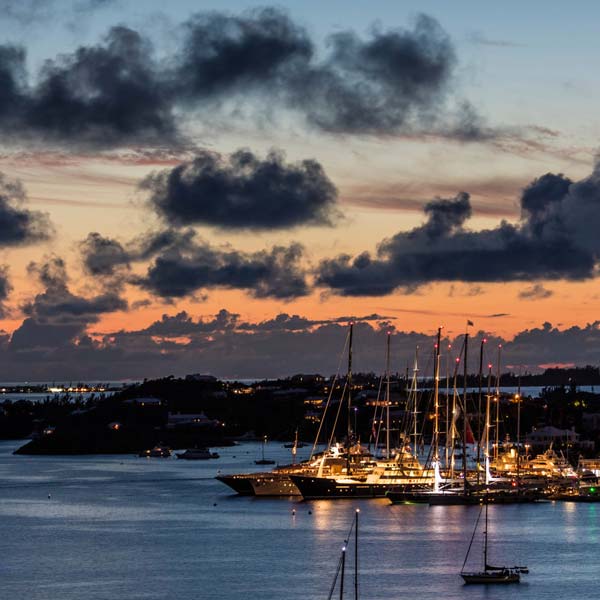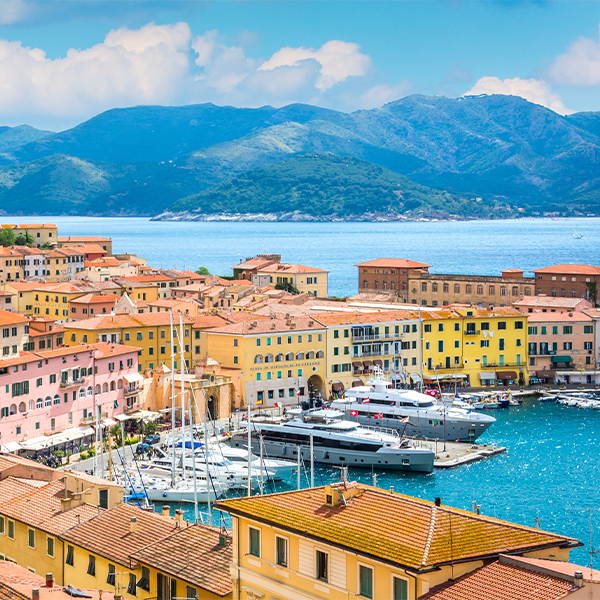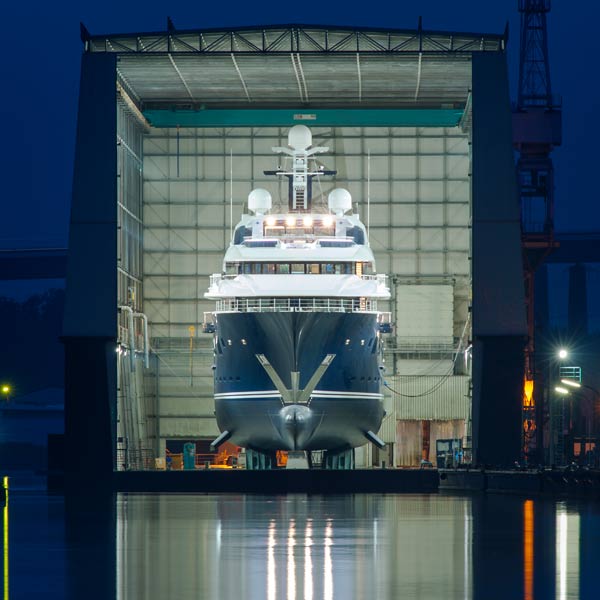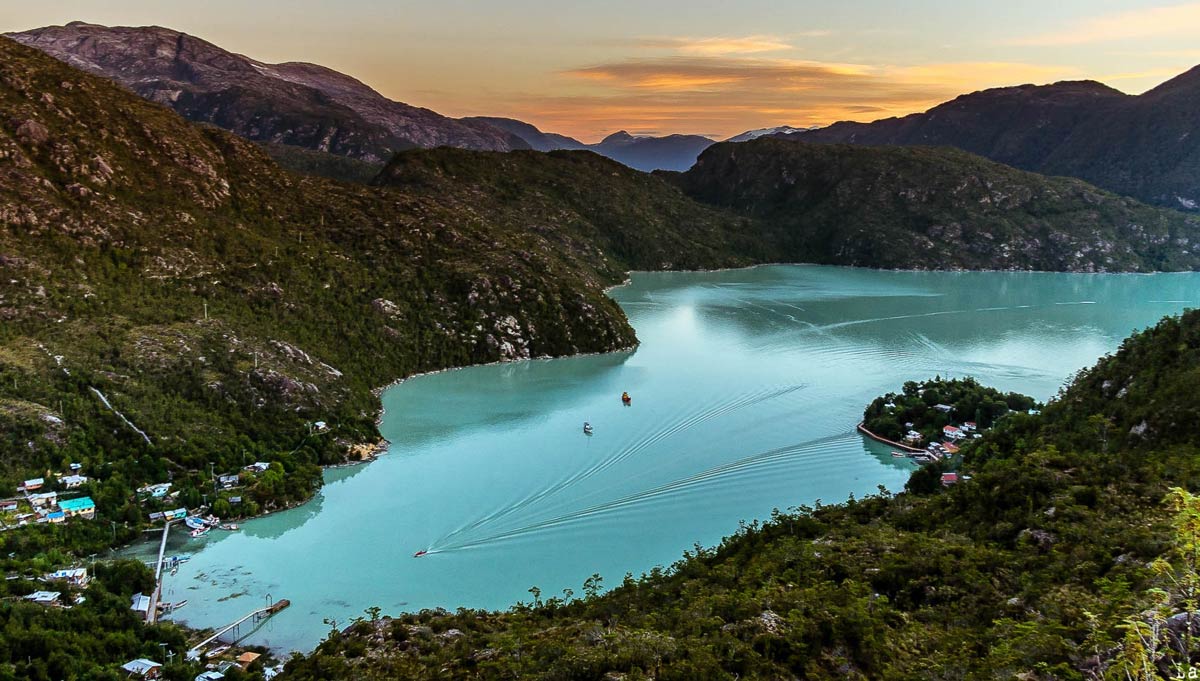

The other side of Patagonia
Risa Merl finds extreme adventure, jaw-dropping scenery and abundant nature as she heads to Chilean Patagonia by superyacht.
When I used to picture Patagonia, it was a vision of gauchos riding horses over rolling pampas grasslands, backed by staggering peaks, where mountain climbers trekked to great heights. What never came to mind was a boat, and certainly not a superyacht. My imagination, it seemed, was limited to stereotypical images of Argentinian Patagonia. But wander west, and Chile offers another take on Patagonia entirely.
Chilean Patagonia is a world of fjords and islands, where steep mountains plunge directly into the water and glaciers are abundant. It’s a place where you could travel for days and never see another boat. It offers perfect solitude, extreme adventure and an unrivalled connection with nature.
I learned that Patagonia was an up-and-coming cruising destination via Carlos Miquel at SASYSS (South American Super Yacht Support) and it immediately jumped to the top of my bucket list. Lucky for me, a call soon followed from Miquel with an invitation to spend 10 days on a private yacht exploring the region’s vast fjords and mountains. An American owner of a 98-foot yacht, who had just rounded the fabled Cape Horn, was travelling from southern to northern Patagonia.
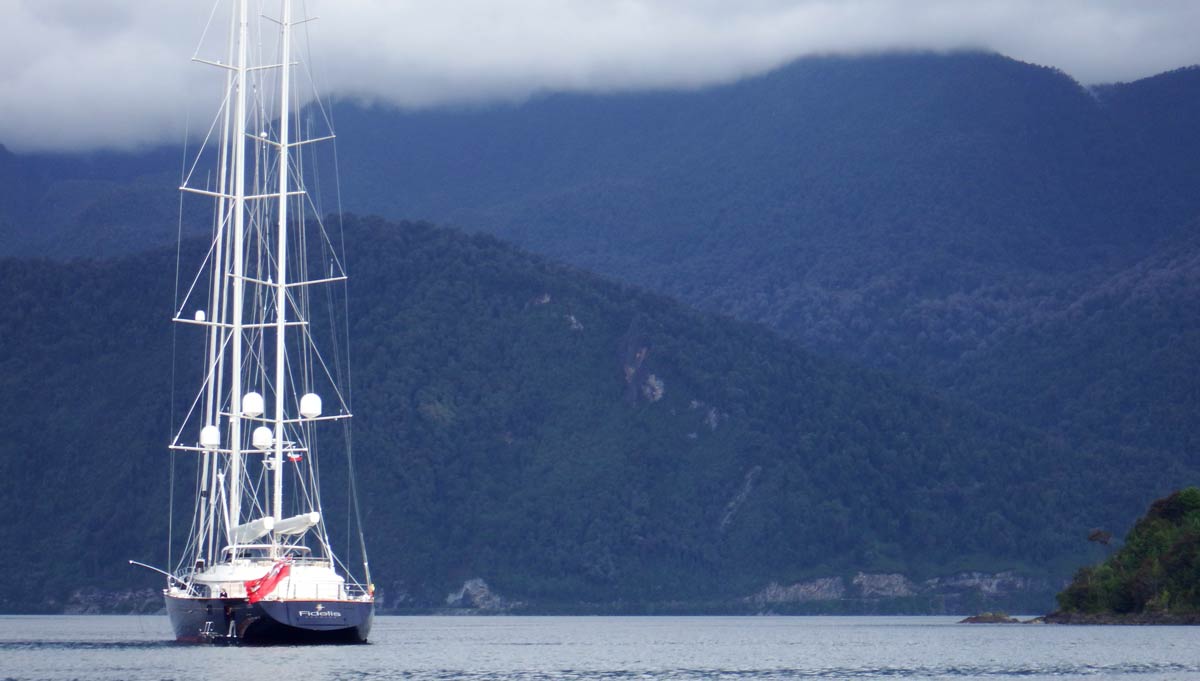

I met the yacht in Punta Arenas, a small town that’s the jumping off point for flights to Antarctica. Within minutes of leaving the dock, every sign of civilisation slipped away. “This destination is largely unexplored by modern travellers,” says Miquel. The irony being that this area is synonymous with some of the most famous explorers in history – waterways preserving their memories, from the Beagle Channel to the Drake Passage. I even made breakfast while cruising in the Strait of Magellan.
The waters we traversed ranged from wide channels to narrow fjords and tributaries, framed by white-capped peaks. It was easy to see how this is the ultimate destination for heli-skiing, rock climbing and adventure sports. You could even get dropped off on a mountain-top lake for fishing.
“The beauty of Patagonia is that it allows you to do many different things, whether you’re more active or just want to cruise and enjoy the scenery,” says Miquel. Patagonia is well-suited to nature lovers. We spotted whales on our first day out, just off Isla Carlos III, a sign of the bounty. Throughout the trip, dolphins and otters played in the waves and whale watching became a daily ritual.
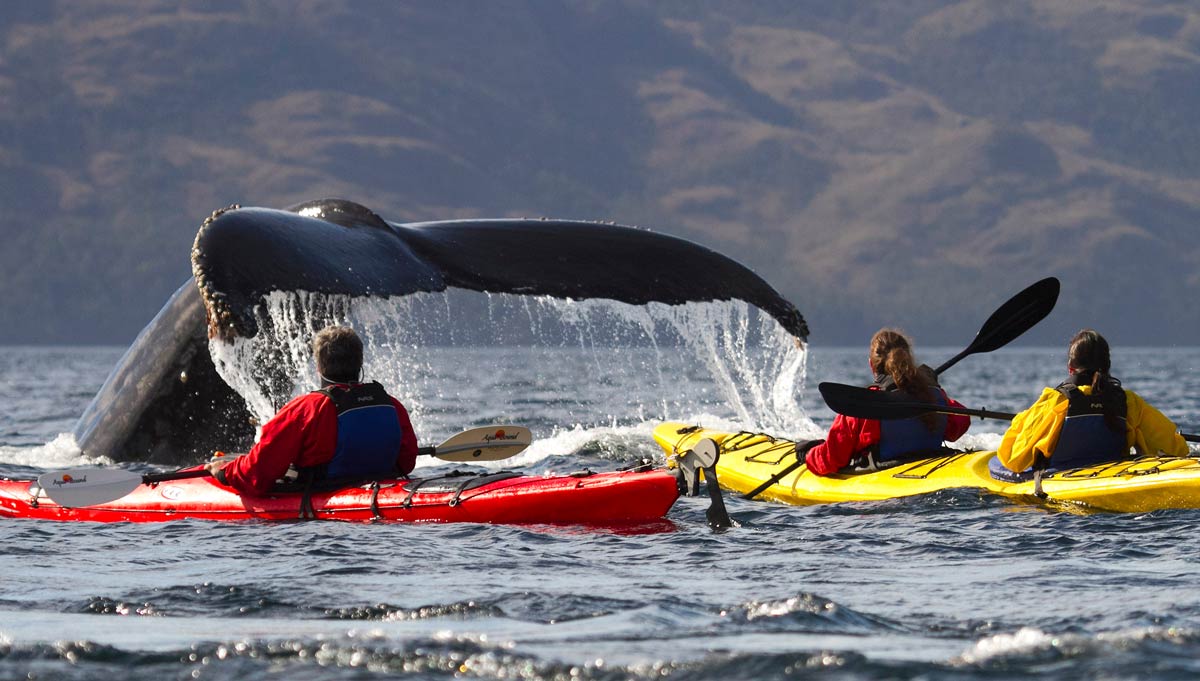
Whales near Isla Carlos III

Whales near Isla Carlos III
It was summer in the Southern Hemisphere, but in Patagonia this could mean rain and cold one moment and bright sunshine the next. One morning, we were immersed in thick fog only for it to burn off and reveal that we were travelling through a narrow canyon, with hanging glaciers adorning cliffs in the distance. Other days we sat on the aft deck in T-shirts, soaking up the sun, which gave the cobalt waters and emerald green hills an otherworldly glow.
We slipped into a comfortable routine – setting off in the early morning, and in the afternoon exploring whatever anchorage we found ourselves in, each one different from the last. Some cosy harbours seemed ideal places to hunker down in a storm, others were huge bays, with waterfalls cascading down cliffs and dotted with giant bonsai-shaped trees.
“We are probably the first humans to ever step foot on this beach,” Miquel said one day when we were on shore in a particularly picturesque harbour. Southern Patagonia is protected, so fortunately it will stay this way, unbothered by human touch. The only buildings we passed were lighthouses perched on rocky shores or the remnants of old whaling stations.
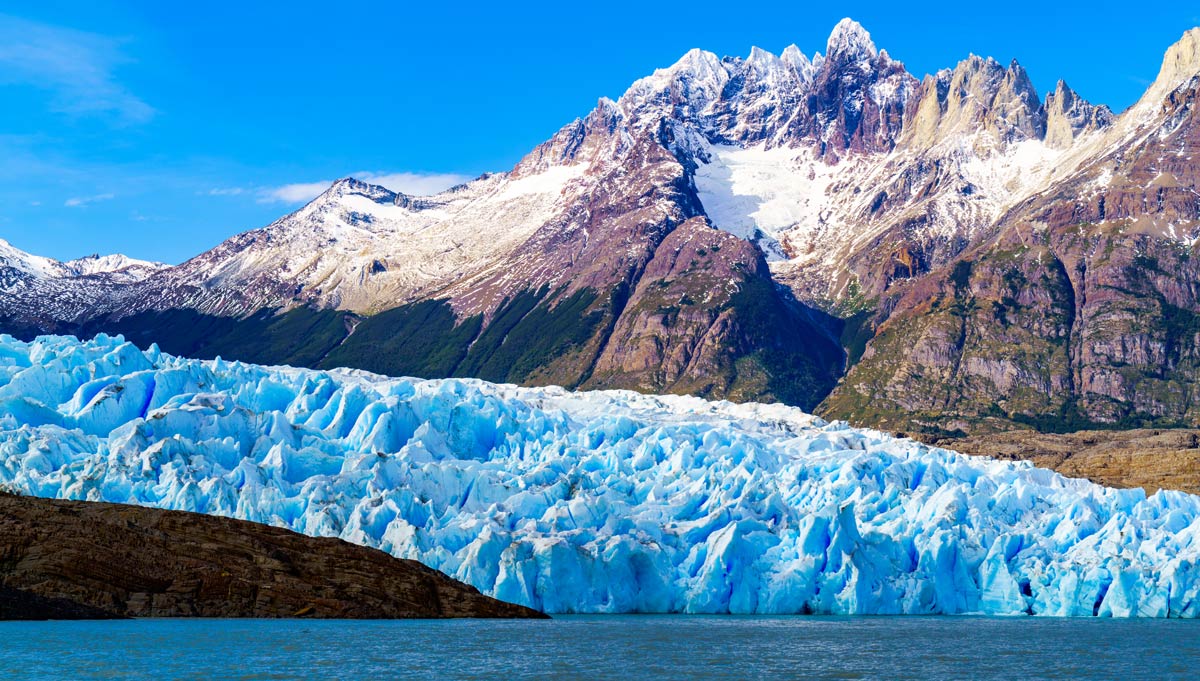

A highlight of the trip was getting up close to a giant glacier, which shone blue as if lit from within. We scooped up glacial ice for our pisco sours that evening, toasting to a safe voyage. After dinner, stargazing from the deck revealed a blanket of stars, wholly uninterrupted by light pollution.
On the rare occasion we shared the anchorage, it was with local fishing boats. They gifted us with fresh fish, crab and sea urchin – we reciprocated with wine. Sometimes we’d see a small sailboat, bobbing in the distance. Intrepid cruisers like this are known to make the trek through Patagonia, but now more superyachts are following suit, enjoying this rugged terrain in comfort and luxury.
“The number of yachts is increasing every year,” says Miquel. “Last year, SASYSS helped 12 superyachts, up from nine the year before. And this year, we expect 15 to 18. It’s nice to see that people are losing the fear of the unknown.”
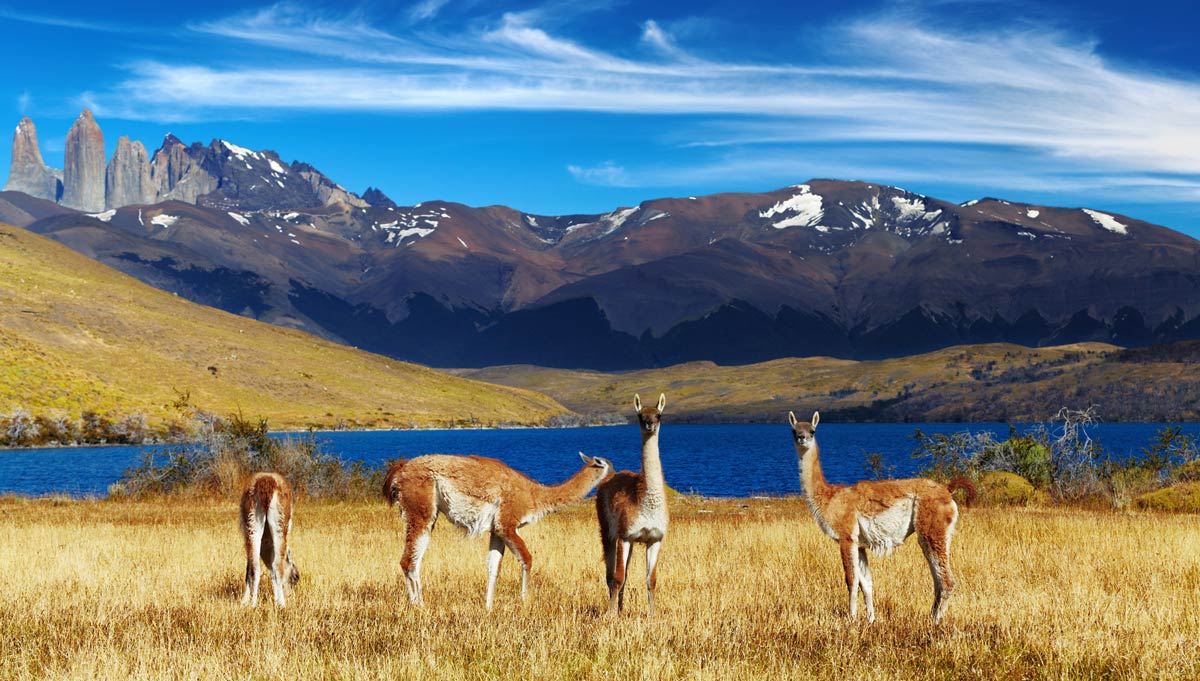

As we approached northern Patagonia, signs of human life began cropping up, and we anchored off the Payuhapi Lodge, which hosts natural hot springs, a spa and a lovely restaurant. Basking in the hot springs, admiring the yacht moored in the harbour down the hill, was the perfect end to this stirring voyage.
From north to south, Patagonia stretches the same distance as Miami to Maine, so in 10 days we only scratched the surface. There are so many inlets left unexplored, and still so much to see and do. That just means Patagonia gets to stay on my bucket list that little bit longer.

